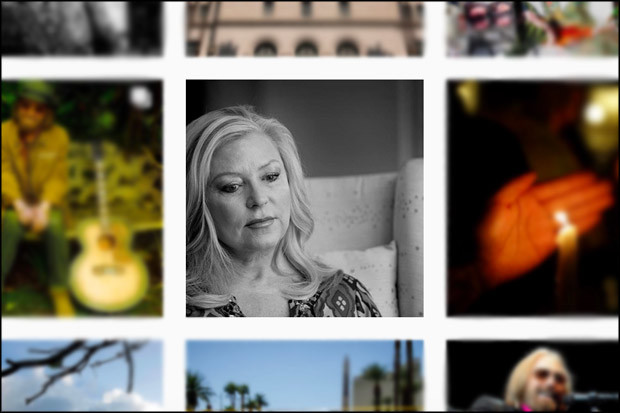Storytelling in the digital age has seen podcasts soar in popularity, with listeners able to immerse themselves in everything from Serial's thrilling criminal investigations to The Moth's live storytelling performances.
The LA Times' true crime podcast, Dirty John, is one of the latest to have dominated the charts, using a mixture of music, interviews, soundbites and narration to tell the story of the abuse suffered by a family at the hands of conman John Meehan.
The six-part story is also told as a stand-alone set of written articles which cater to an audience favouring written features over audio.
Readers are also able to see additional material such as photos and videos on the publisher's website, which complement their understanding of the story.
But Annie Yu, audience engagement editor, LA Times, explained that regardless of where audiences were getting the story, the publisher was determined to best use its social media channels to keep audiences on their toes before, during and after they had experienced it.
"Our preview trailer, posted a week before we launched, was one of our most popular pieces of social content reaching over a million people – there to drum up interest before we started," she said. The video also linked to a sign-up feature that enabled audiences to subscribe to it then and there.
Instead of creating separate channels for the podcast, the news organisation decided to use the main LA Times Instagram, Twitter and Facebook accounts to build interest, where they already had a large following.
"On Facebook, we wanted to promote the written stories, but also publish two videos and an audiogram for each episode of the podcast," she said, noting how important it was to ensure the titles of each post could be understood by all audiences, including those who had never heard of Dirty John.
"For Twitter, we had our graphics team create custom gifs, for example of text conversations between the characters, and on Instagram we paired a post with a story to send people back to our website where they could read more or listen to the podcast directly."
Eerie black and white photos and cinemagraphs of the characters or moments in the story were also published on social, designed to stand out from the rest of the content on its pages, and drip-fed to the audience as each segment of the story was published.
The series is based on multiple interviews, and reporter Christopher Goffard took over a year to form relationships with interviewees, record all the audio and trawl through prison records, court reports and other official documents.
As more of the story's shocking revelations came to light, audiences used the social channels to ask questions and comment on what they had heard.
"We were concerned with the comments on this story because it was a controversial topic and were unsure if there would be personal attacks on the characters," said Yu.
But appreciating listeners would want to connect with the publisher on Facebook, the team purposely posted three questions or call outs for each of the episodes, encouraging people to comment and talk about their own experience or feelings.
Additionally, Yu asked audiences to send in their questions for a Facebook Live about a week in advance of the broadcast, so she could plan a live Q&A with Goffard.
The series, which has been downloaded more than 11 million times since its release on 2 October, even organically spawned a Dirty John discussion group on Facebook that now includes more than 1,800, who use it as a way to engage with those in the story and ask questions.
It is evident, Yu explained, that listeners and readers often really want and seek out social engagement like this, when they are hooked on a story that many can relate to.
"I love the fact that the podcast has a multi-platform offering. It's important to remember that not everyone is going to listen to it as soon as it comes out, they might wait until their friends are listening or notice it later.
"You have to think about how you're going to promote it on each social platform way before you publish," she said.
"I don't want the only Dirty John listeners to be those that are regularly on their iTunes podcast app. My goal is to get everyone on our social accounts, and their friends, to see this new podcast and want to check it out even if they've never listened to a podcast before."
Free daily newsletter
If you like our news and feature articles, you can sign up to receive our free daily (Mon-Fri) email newsletter (mobile friendly).
Related articles
- How The Economist reached young audiences through new formats and brand marketing
- What you need to know about doing podcast host-read ads
- Five noteworthy initiatives we saw in the media industry this month
- How are news organisations covering the UK's general election 2024?
- How to report on homicide and interview grieving families










